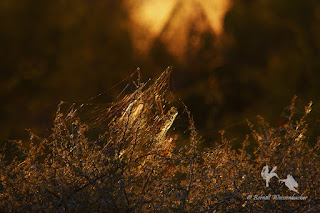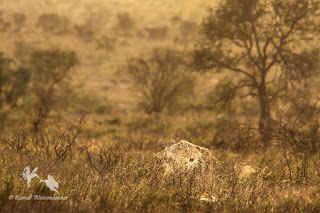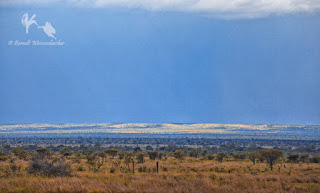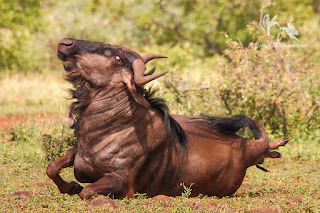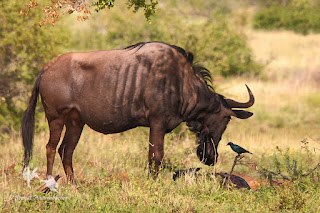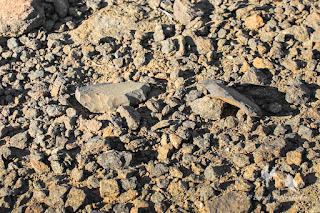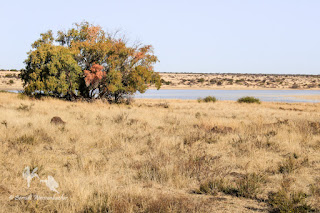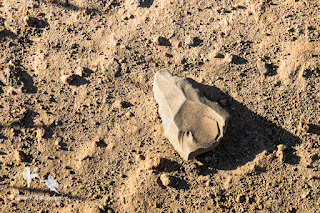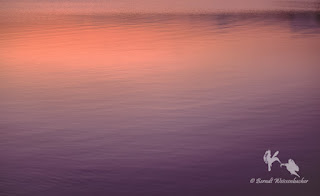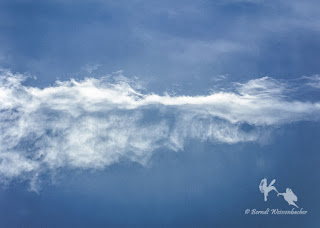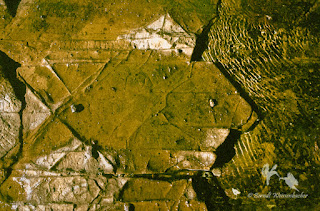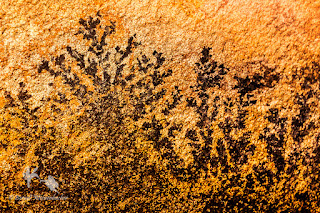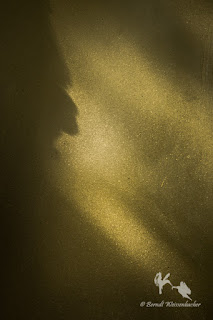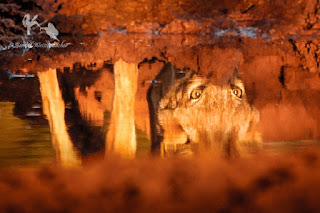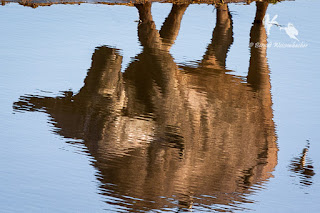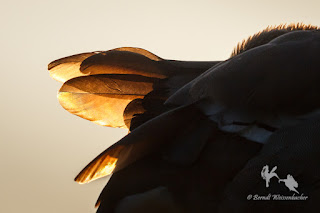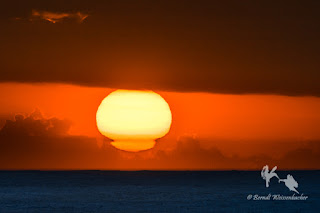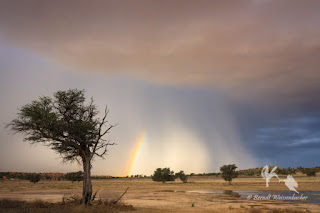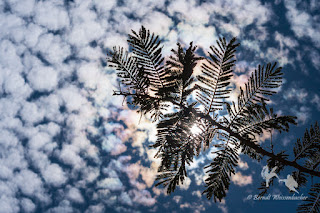My arrival in this world was not just unplanned;
it was an accident. I was an
accident… hehehe. After the birth of my two older sisters, my mother suffered a
burst appendix. The initial operation was botched, resulting in extensive septicaemia
within her abdominal cavity. Following a second, emergency operation, my
parents were informed that they would not be able to have any further children.
After seven long, uneventful years, against all
prophecies by the medical profession, I arrived. Our house-doctor at the time
told my mother in the early stages of pregnancy that she should accept that her
abdominal swelling was not the expected harbinger of the arrival of a bundle of
joy (as I have turned out to be); rather, my mother’s bloated abdomen was the visible
symptom of a severe case of constipation (Thanks Doc!). Yet, you can not keep a
good man down, as they say. My family and friends would counter this sentiment
with reference to stubbornness (I prefer steadfastness and dependability) and
an indomitable will (I prefer drive and a passion for life). Three-and-a-half
years later, my younger sister, Barbara, was born – this time around the word ‘stubborn’
does apply.
With time, the difference in age between us siblings
has become insignificant; however, while still young, we children clearly split
into two natural groups: the old sisters (Christel and Ursel) and the young’uns
(Bärbel, as we call her, and myself). The only character trait that harkens
back to the division of us siblings in younger days is that Bärbel, like me,
does not mind roughing it in order to be out in the bush – our older sisters
prefer a tiny bit more comfort and refuse to ‘go camping’.
Bärbel and I have not had many opportunities to
spend time in the wilderness together. However, on the few trips that she has
accompanied me, she has acted as a magic charm; the wildlife seems to line up
to see my little sister – I simply do not have this charisma. And so it proved
to be, once again, on a trip to Balule Camp in the central region of the Kruger
National Park (South Africa).
In early December a few years ago, Bärbel, Jacqui and I spent a marvellous week camping at Balule. The weather was tropical – fierce heat during the midday hours, with drizzle and short thundershowers in the mornings and afternoons. So much for the quality of light for photography.
As the trip was nearing its end, we still had
not spotted lions. For me personally, this is not an issue – however, Bärbel
had not seen wild lions for more than a decade. So we headed off one morning on
a longer drive than usual, following a dirt road running south from Balule Camp,
parallel to the beautiful low range of the Lebombo Mountains. This area of
Kruger has open grasslands studded with short shrubs, interspersed with denser
bushveld along the seep-lines in gullies.
We had travelled quite far down the road and had
arrived at a point where we wanted to turn back to Balule. We spotted a
sizeable herd of blue wildebeest and decided to stop and enjoy a cup of coffee (and
a cookie each) in their company before turning back. We had chatted and enjoyed
some birdwatching, when Bärbel suddenly piped up, “There's something wrong with
that wildebeest cow over there.”
In the centre of a clump of milling wildebeest, one cow was kneeling down on her front legs, keeping her rump and rear lifted well off the ground. At quite a distance and through the heat haze it looked as though a twig of wood was protruding from her behind. The cluster of wildebeest kept moving in circles, with the injured cow getting up and walking a few paces before resuming her strange kneeling position. As the group moved closer, we could see that the object sticking out from the cow’s rear end was indeed a pair of tiny hooves. This was not an injured cow; this was a mother in labour and about to give birth.
About 25 minutes into our coffee-break, it was
obvious that mommy was in agony. Whether standing, kneeling or lying down, this
wildebeest cow was not comfortable at all. Yet all other cars merely passed by
us, even after Bärbel had informed many of the drivers that something
spectacular was taking place. By now, I was following every move of this
wildebeest mummy, watching her closely through a telephoto lens despite the
harsh mid-morning light. At one point, I could see that her waters were
breaking; however, a large piece of the amnion itself had also been pushed out
of the mother’s vulva, forming a fluid-filled sac.
To us, the mother's labour seemed very
prolonged. I am used to the birth of farm animals, but to me this wild beast
seemed to be in trouble. Forty minutes on from the time we had first noticed
her distress, she still had not given birth. Bärbel and I were becoming more
and more doubtful that this would be a normal birth. We increasingly convinced
ourselves that the calf must be dead by now and that the mother was in desperate
trouble. She had weakened visibly and had moved into a spot of shade under a
small thorn-tree. The ground beneath the tree was swathed in tall grasses and
herbs. The wildebeest cow stood facing us alone – all the other females had
abandoned her to her fate.
I turned to ask my sister for another cup of
coffee. When I looked again, the cow was sniffing at something in the grass. It
was a mass of wet, matted brown-black fur. There had been no signs of labour
for the last ten minutes or so – the ‘birth’ must have been very swift, with
the mother facing us. We had missed the event. The blob at the mother's feet
did not move; the labour had obviously been too traumatic and too long.
Minutes later, the blob sat up suddenly – its extremely
long front legs acted as support for the chest and the wobbling head. The calf
was alive. Trying to hide tears of joy, I peered at my sister in the rear-view
mirror; a huge smile threatened to split her face in two and tears were
streaming down her face unhindered. “Its name is Felix,” Bärbel said
matter-of-factly, referring to several episodes in our distant youth when we
had jigged about and mimed singing to a 45-inch record featuring the ‘Adventures
of Felix the Cat’ that we had listened to as youngsters.
Within only eight minutes, Felix had found his
feet, had found his mother's teats, had enjoyed his first-ever mid-morning
snack and had been greeted by several other wildebeest cows. He was following his
mother on unsteady legs (wobbling to-and-fro and jumping at the same time) to
catch up to the wildebeest herd that had started to move off into the bushveld as
though a subtle signal was being obeyed.
When driving through the bushveld just south of Balule Camp in the years following Felix's birth, I have often wondered whether I had been a witness at the birth of one of the wildebeest I was seeing. Was any one of them called ‘Felix’?
